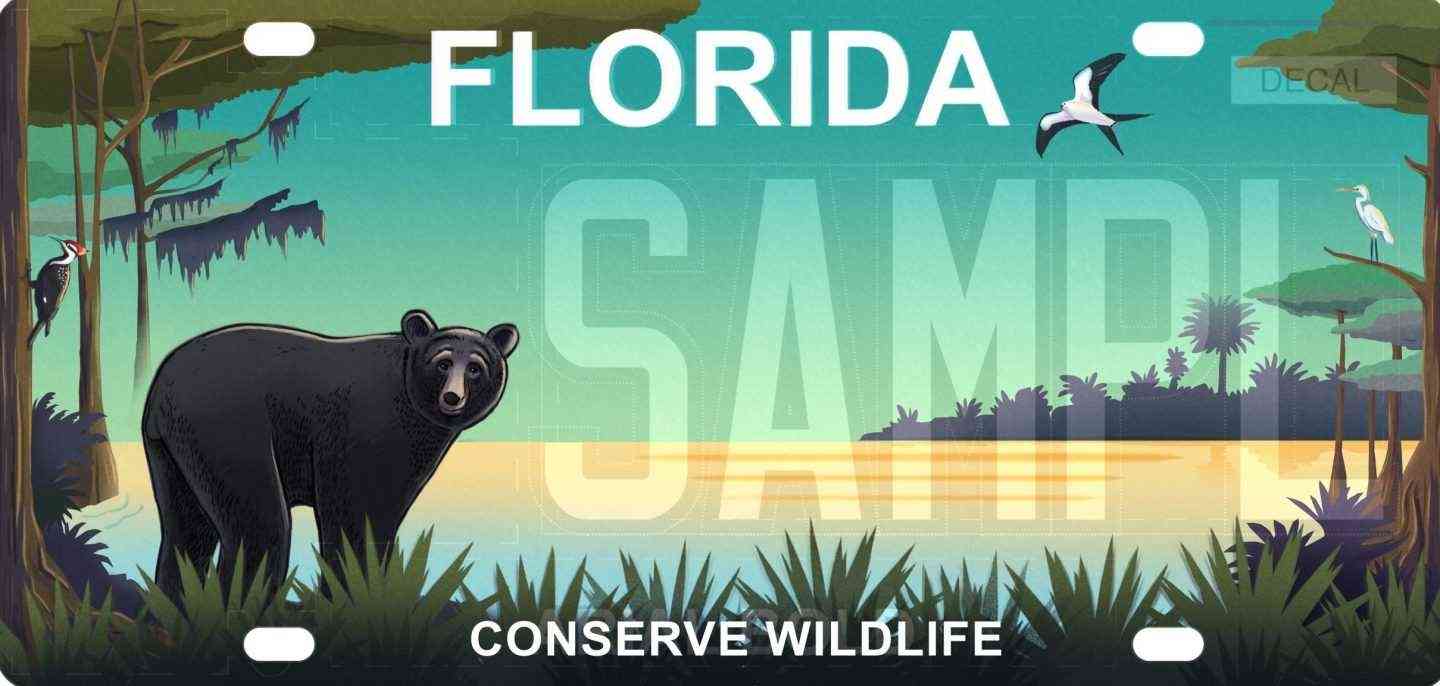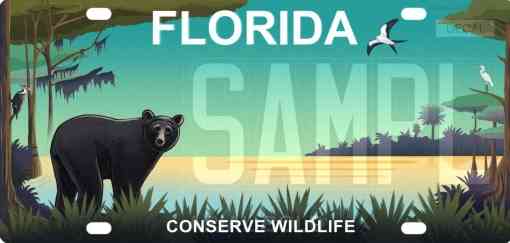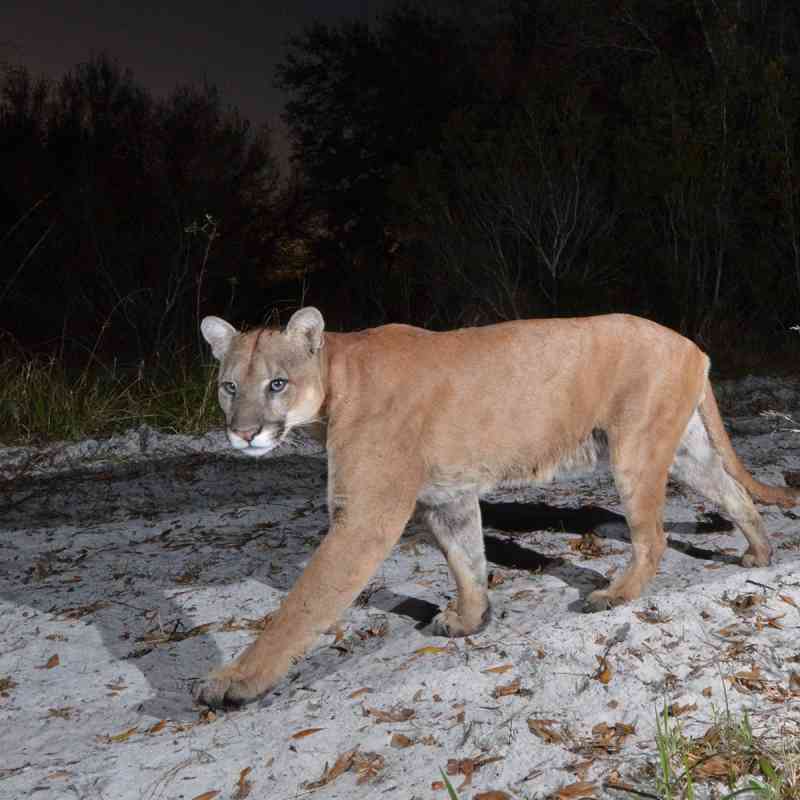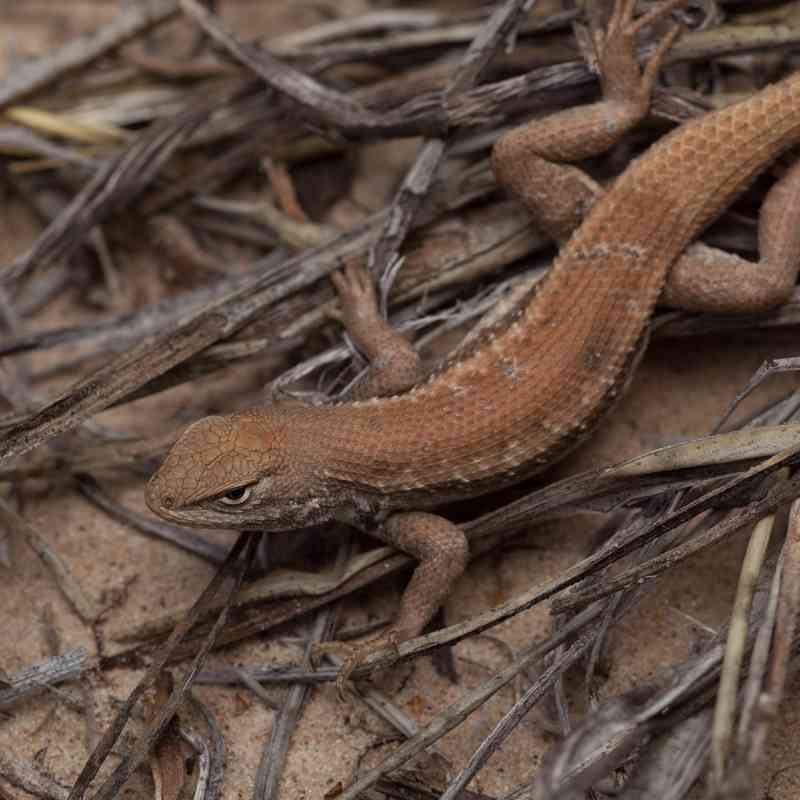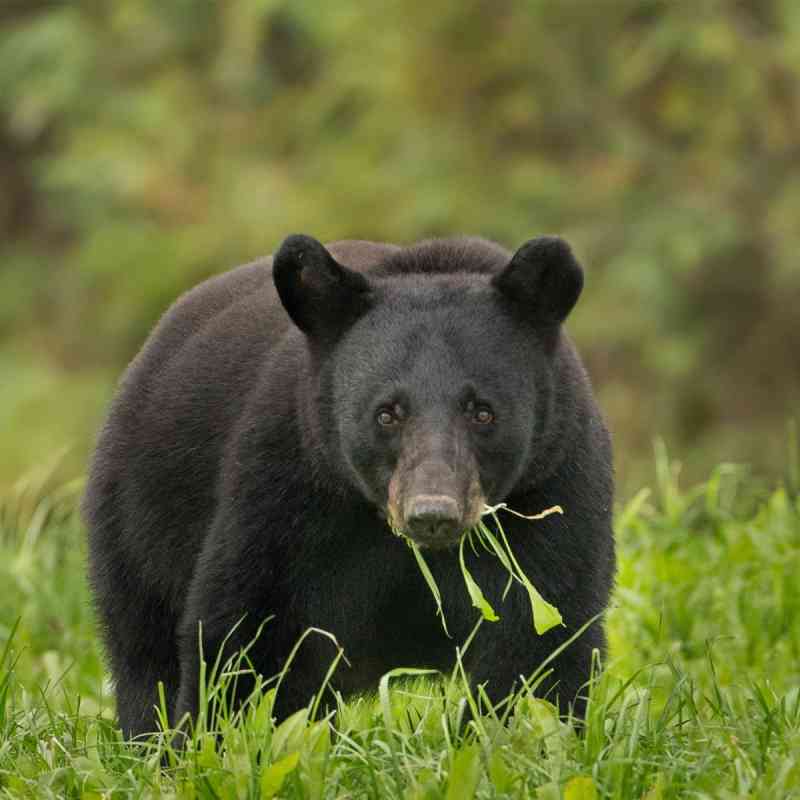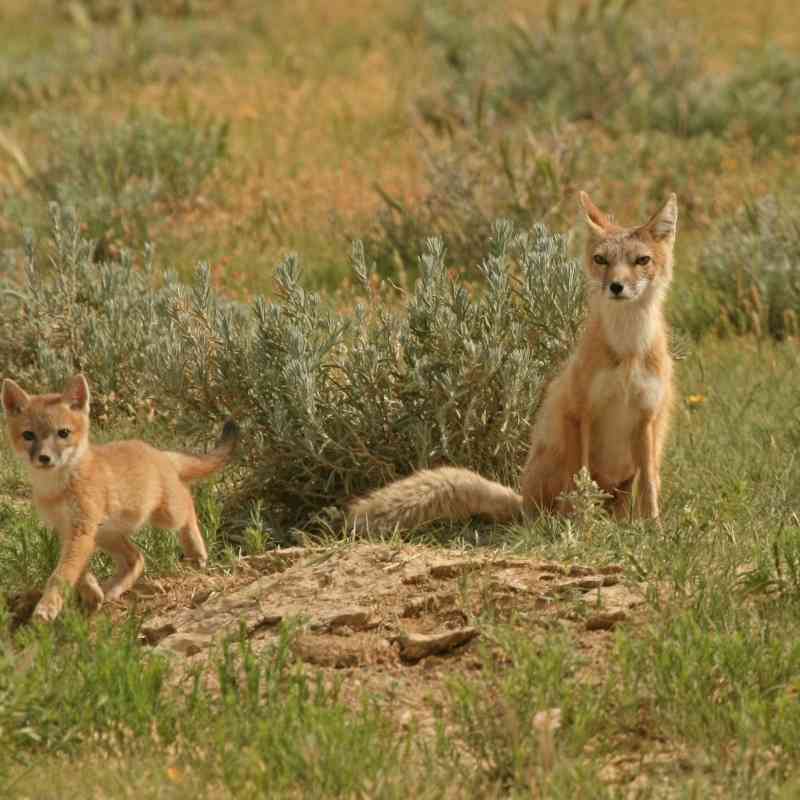Florida’s drivers have a new option to show their support for wildlife on their license plates while also contributing to critical conservation projects. In May, the Florida Department of Highway Safety and Motor Vehicles alongside the Fish and Wildlife Foundation of Florida unveiled a newly redesigned Conserve Wildlife license plate. For each plate purchased, $25 is donated to the Florida Fish and Wildlife Conservation Commission to support programs to benefit diverse species of wildlife, with special consideration given to the Florida black bears.
Though the design is new, the program is not. In the late 1990s, Defenders of Wildlife’s Florida program helped get the initiative off the ground, securing 10,000 petition signatures, legislative sponsors and the $30,000 application fee necessary to bring the proposal for the Conserve Wildlife license plate before the Florida legislature, which authorized the plate in 1998. The plate was the first to create a new funding source for programs to benefit numerous wildlife species rather than just one. Since 2000, these plates have generated over $9.5 million dollars for wildlife and habitat conservation programs.
I’ve seen firsthand the incredible positive impact Conserve Wildlife funds have had for some of our most imperiled species. The population of the critically endangered Florida grasshopper sparrow dropped over the past few decades to just 30 pairs in the wild. Considered to be the most endangered birds in North America, without direct conservation action, the Florida grasshopper sparrow was expected to go extinct. Instead, this program has helped to restore hundreds of these small birds to prairie habitat by funding captive-breeding and reintroduction programs. Two-thirds of all wild Florida grasshopper sparrows fledged in 2020 came from nests with at least one foundation-funded, captive-bred parent!
Conserve Wildlife funds have also helped bolster research into a fatal neuromuscular disorder that was first observed affecting endangered Florida panthers in 2018. This research includes collecting valuable data via trail camera, analysis and some diagnostic tests performed by Florida Fish and Wildlife Conservation Commission.
The greatest threats to panthers and bears in Florida are habitat loss, fragmentation and degradation. Vehicle collisions are the leading human cause of injury and death to panthers and bears. Dozens of panthers and more than 200 bears are killed while crossing roads each year. Poorly planned roads can eliminate and fragment habitat and result in sprawling development that increases the occurrence of human-panther conflicts.
Bears, like panthers, roam widely in search of territory, food and mates, and many are killed while crossing roads. They are also drawn into neighborhoods near wild areas when people fail to secure food attractants, such as garbage and pet food. Funding for bears has included conservation, management and research as well as bear-resistant dumpsters and trashcans and other tools to help people share the landscape with Florida’s incredible native species. I serve on the Florida Panther Recovery Team’s Transportation SubTeam that is working to identify road segments that are dangerous for panthers to help guide decision making and funding, and to construct wildlife crossings used by many different species.
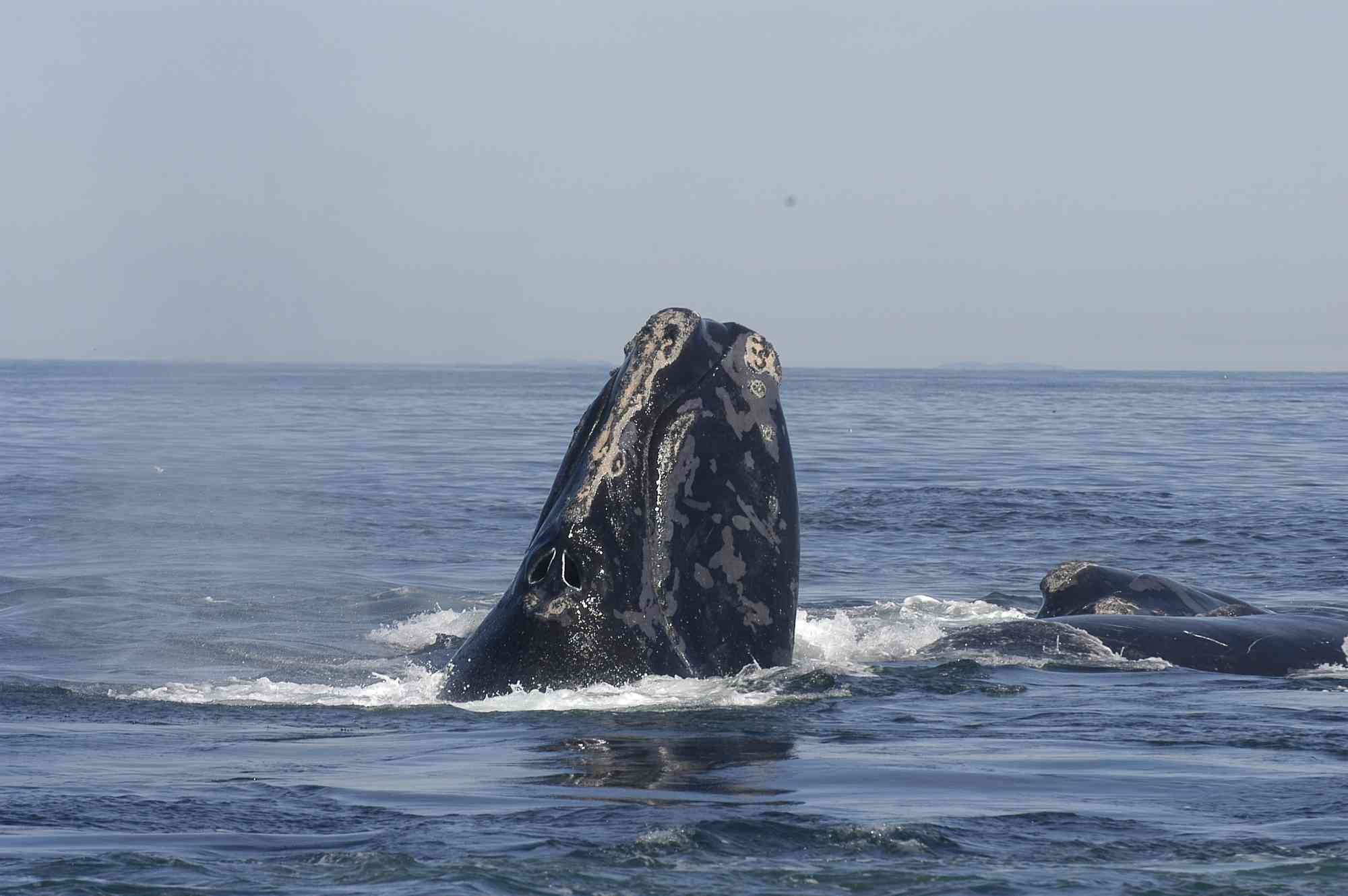
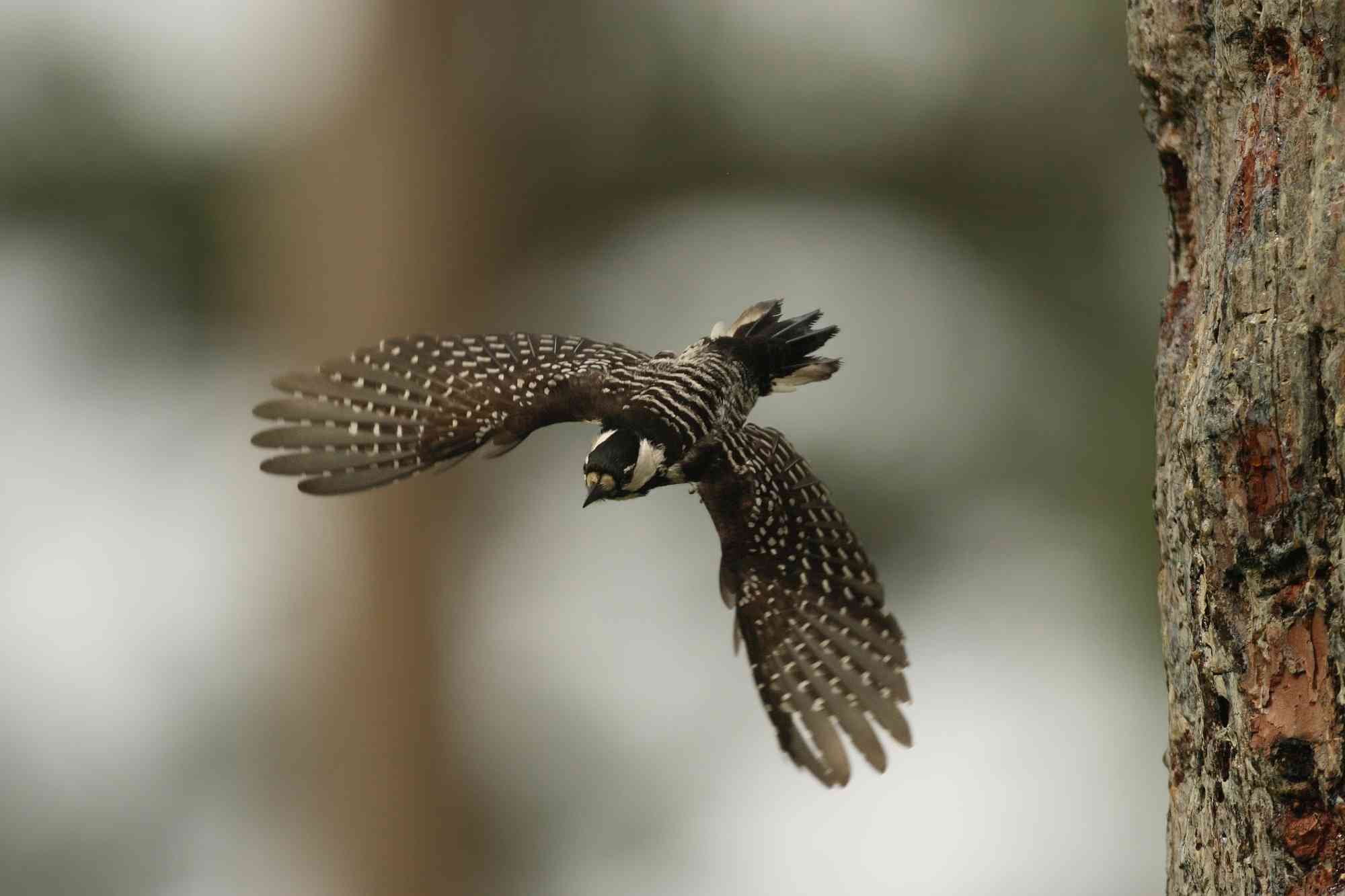

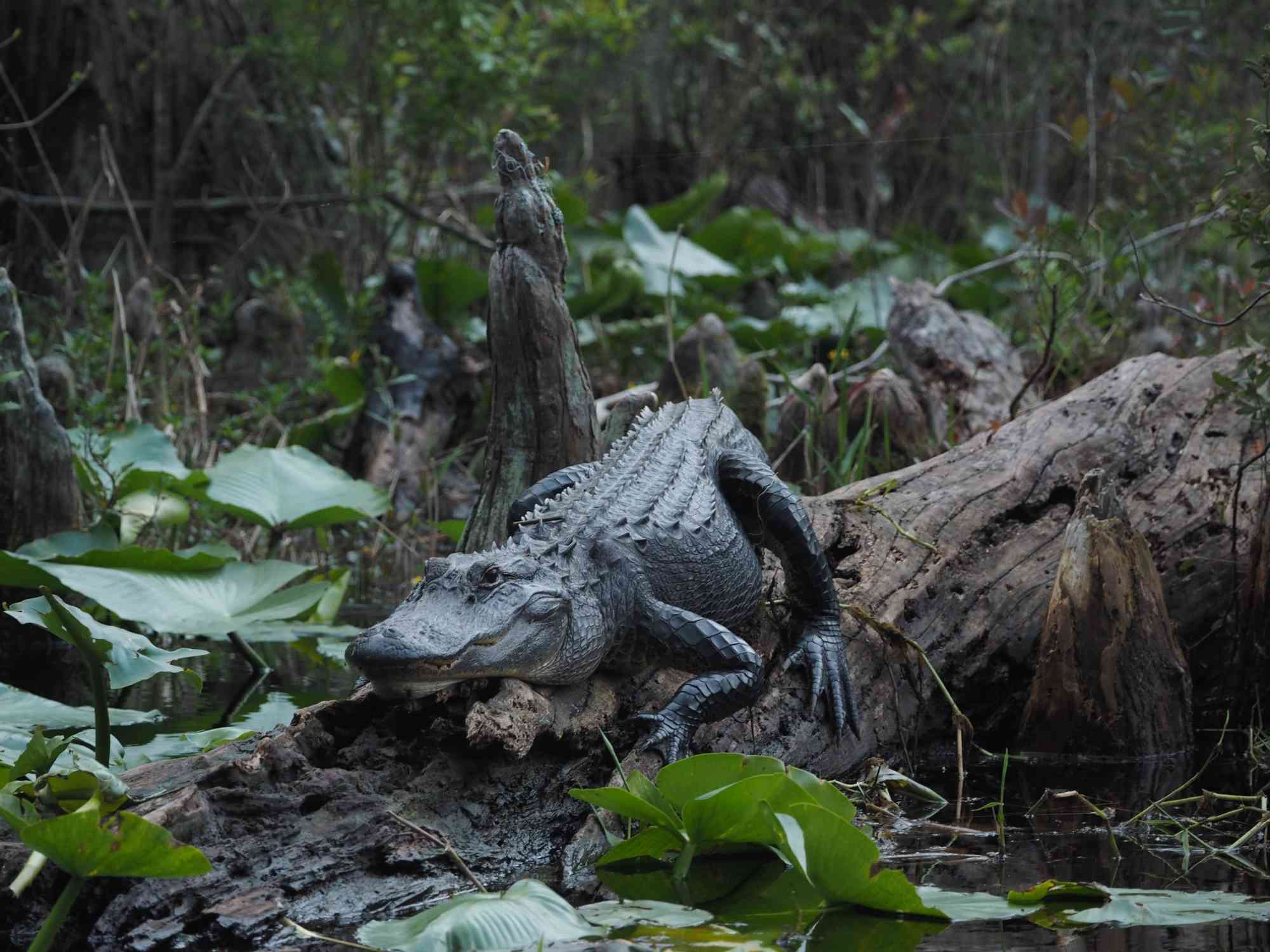
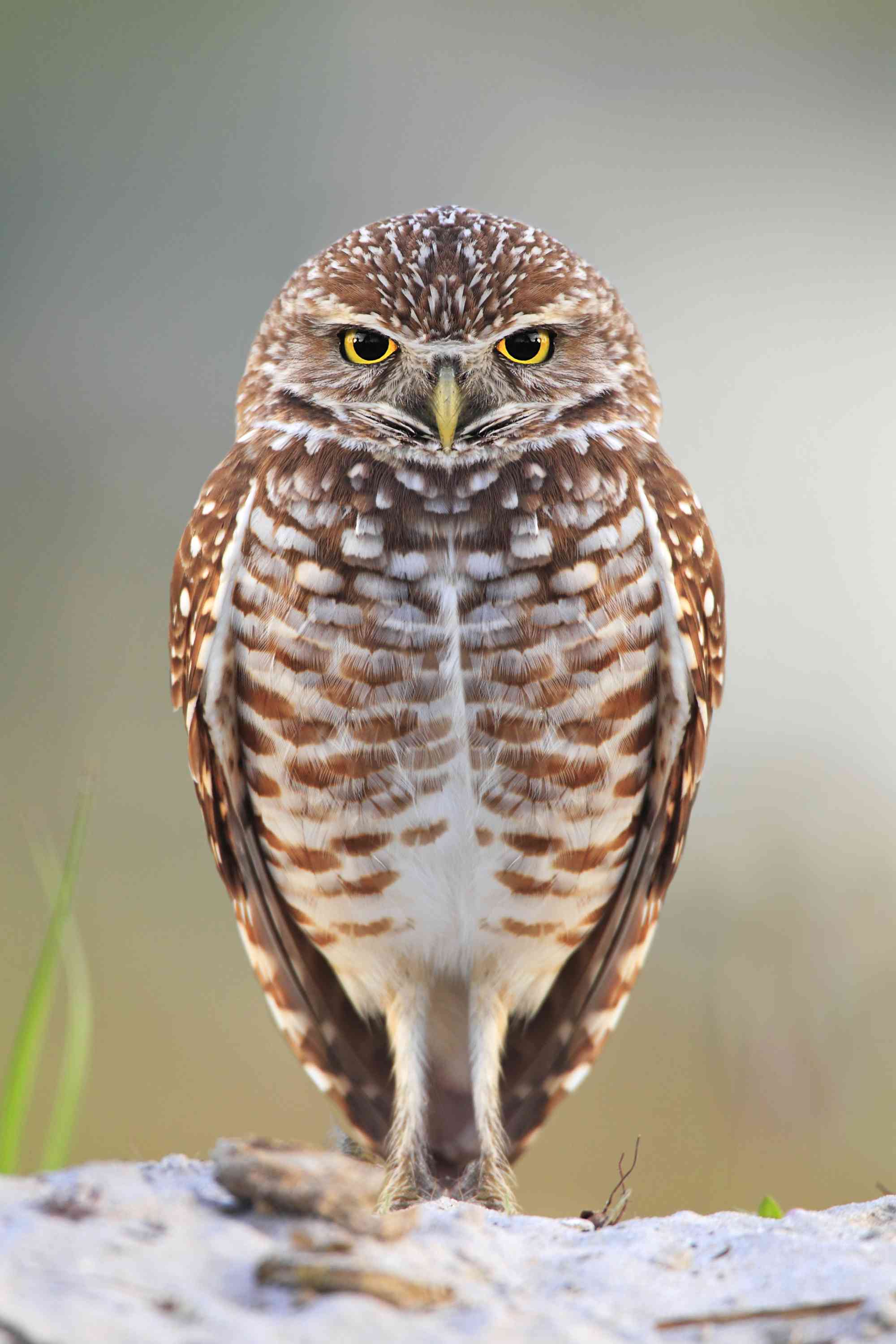
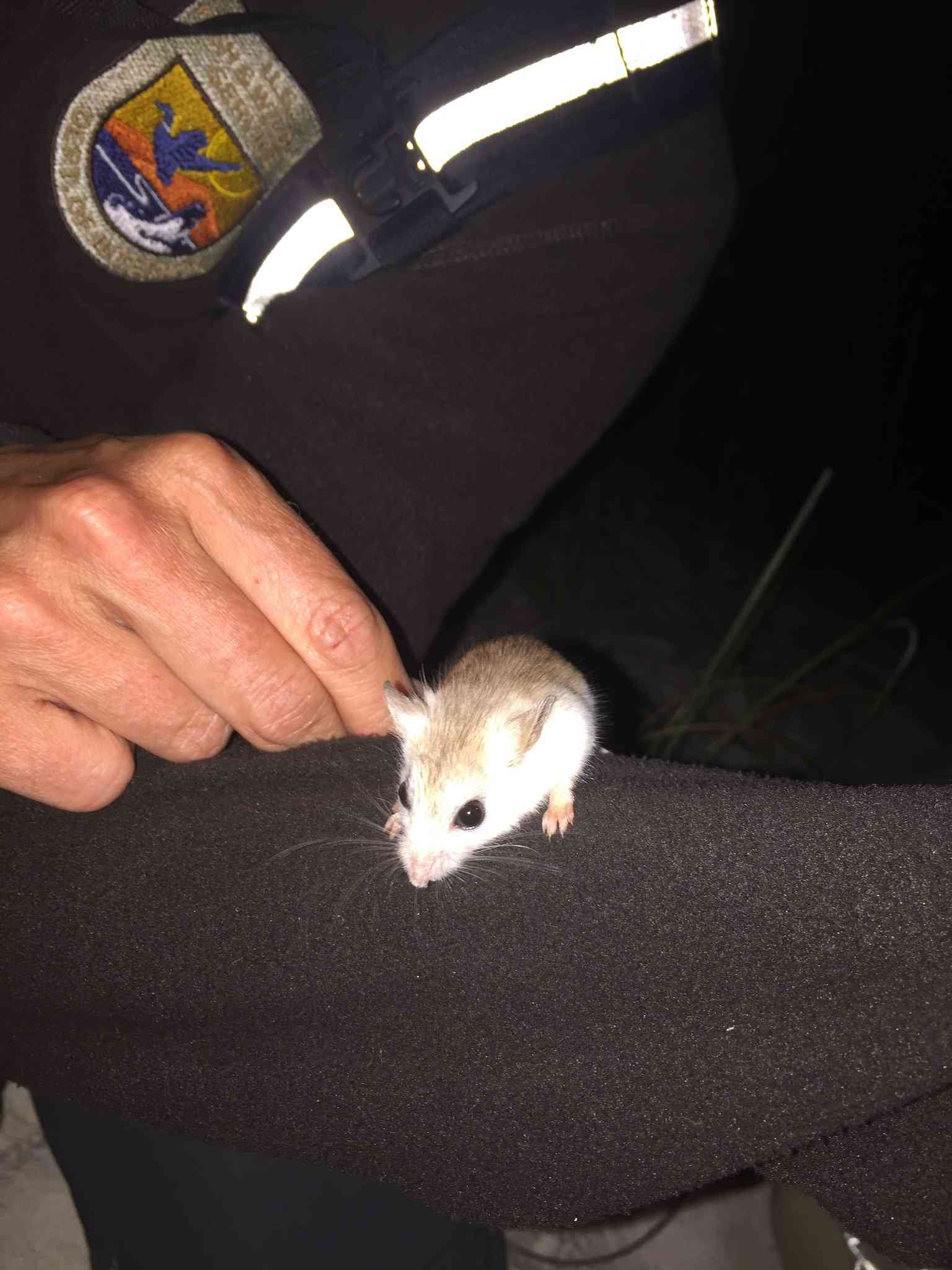
Funding has benefited many species, such as Perdido Key beach mouse, North Atlantic right whale, round-tailed muskrat, bats, red-cockaded woodpecker, beach nesting birds, burrowing owl, Everglade snail kites, bobwhite quail, freshwater turtles, eastern diamondback terrapins, alligator snapping turtle, eastern indigo snake, American alligator, striped newt, Miami blue butterfly, queen conch, corals and many others. Funding has also been allocated to control the spread of exotic species and to improve understanding of diseases affecting native wildlife. In addition to supporting on-the-ground conservation programs, revenues are also used to increase awareness through outreach and assistance about sharing the landscape with Florida black bears and native wildlife. Defenders provided input on the new design as well and we are excited to see Floridians further embrace the “bear plate” that also features a swallow-tailed kite, a pileated woodpecker and an egret.
It’s safe to say that, without this program, bears and other species might never have received vital, life-saving funding. So if you want to help protect Florida’s one-of-a-kind biodiversity, next time you renew your plate or buy a car consider getting a Conserve Wildlife license place. You can order one here https://wildlifeflorida.org/cwt/, or pick one up at your local tax collector’s office.
Author

Elizabeth Fleming
comments
Wildlife & Wild Places

